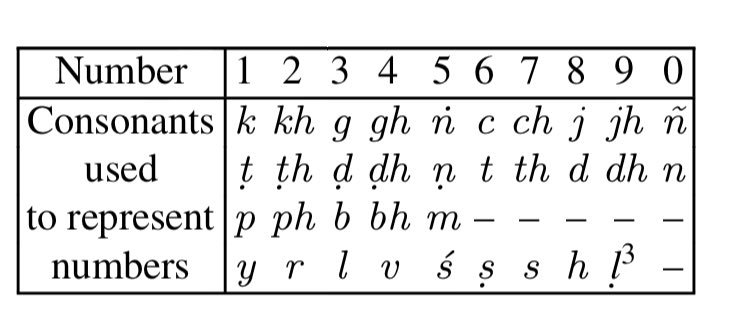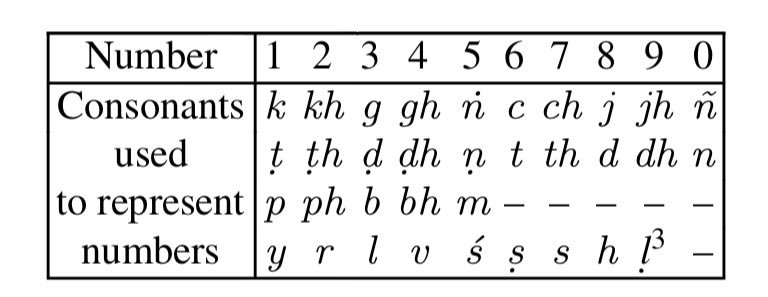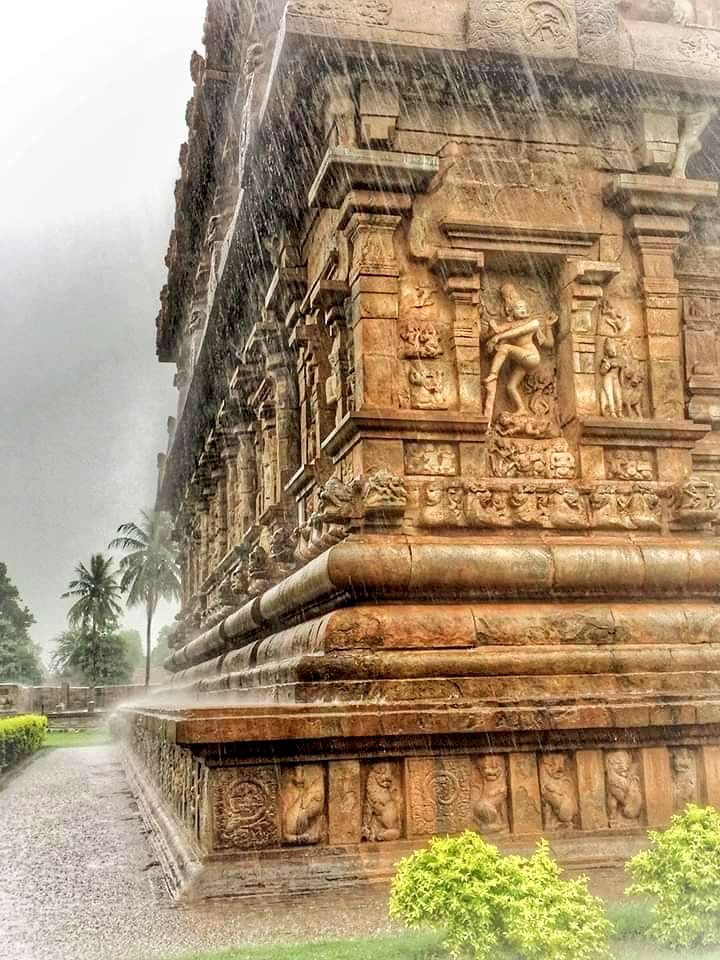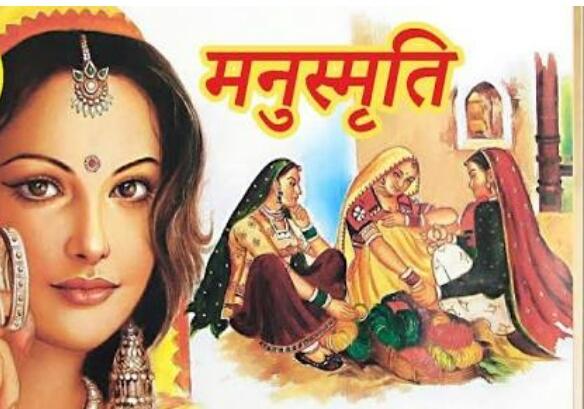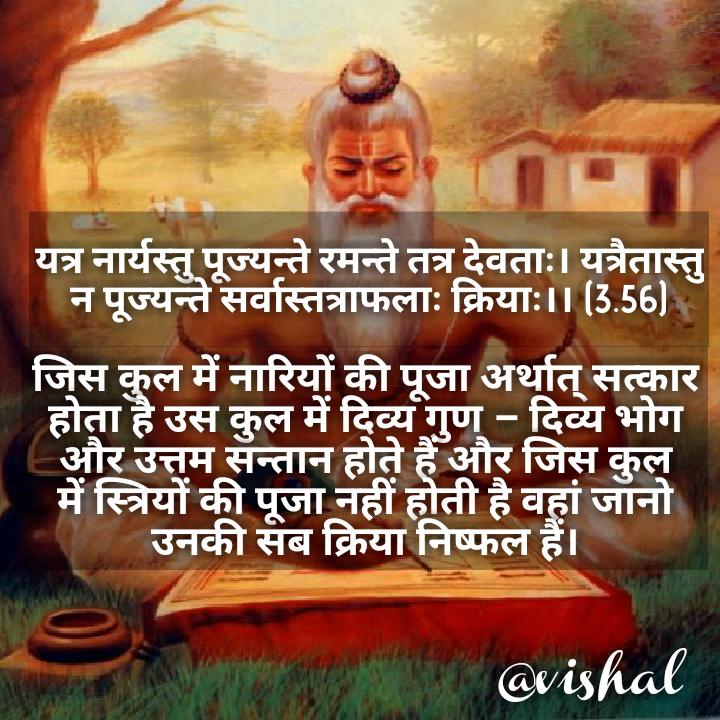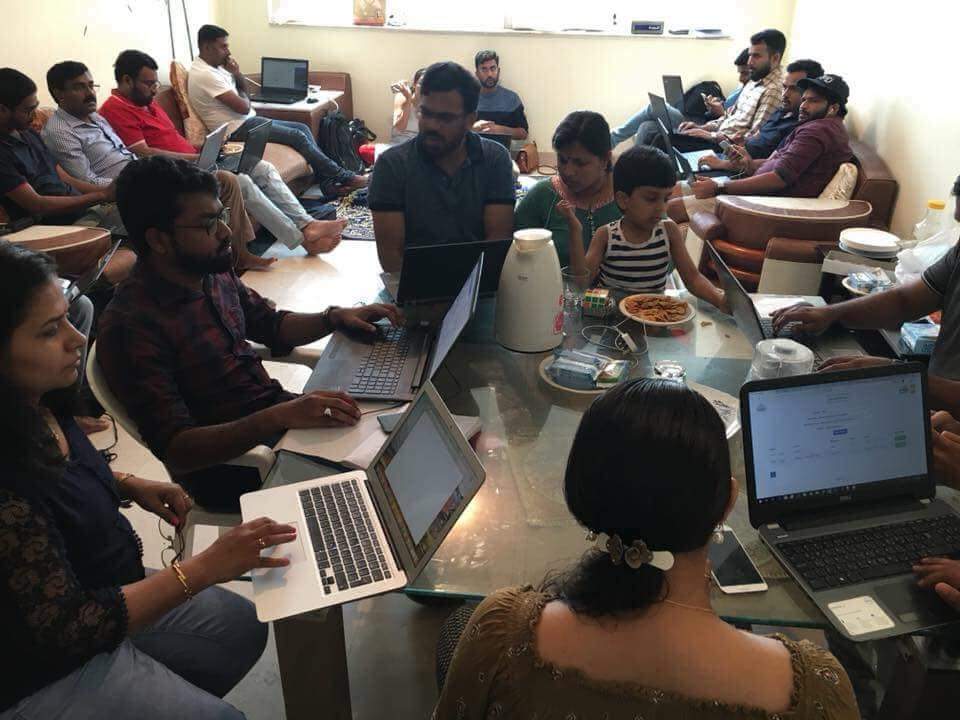Per tradition this specific schema was born around 4th century C.E. And is attributed to Vararuchi, a Sanskrit scholar/astronomer from the Chandragupta Vikramaditya courts, but ends up being a key figure in Kerala’s folklore.
Why? It’s unclear.
[read about ‘Lilavati’ from the American Math Association maa.org/press/periodic…]
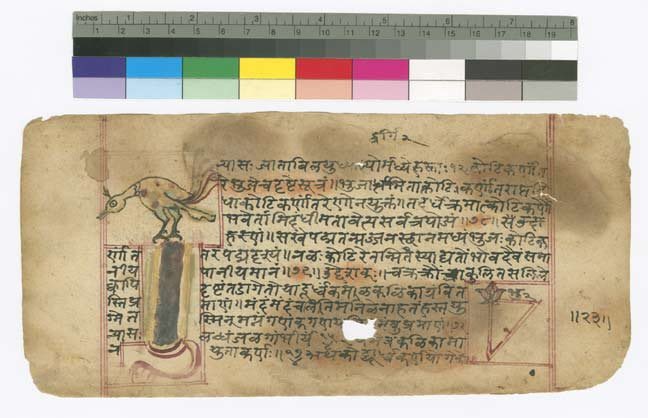
The learned scholar Vararuchi and an ‘untouchable’ woman were a couple; and together they had 13 children. Every time she would give birth, he would ask: “does this child have a mouth”. She would reply: “yes”.
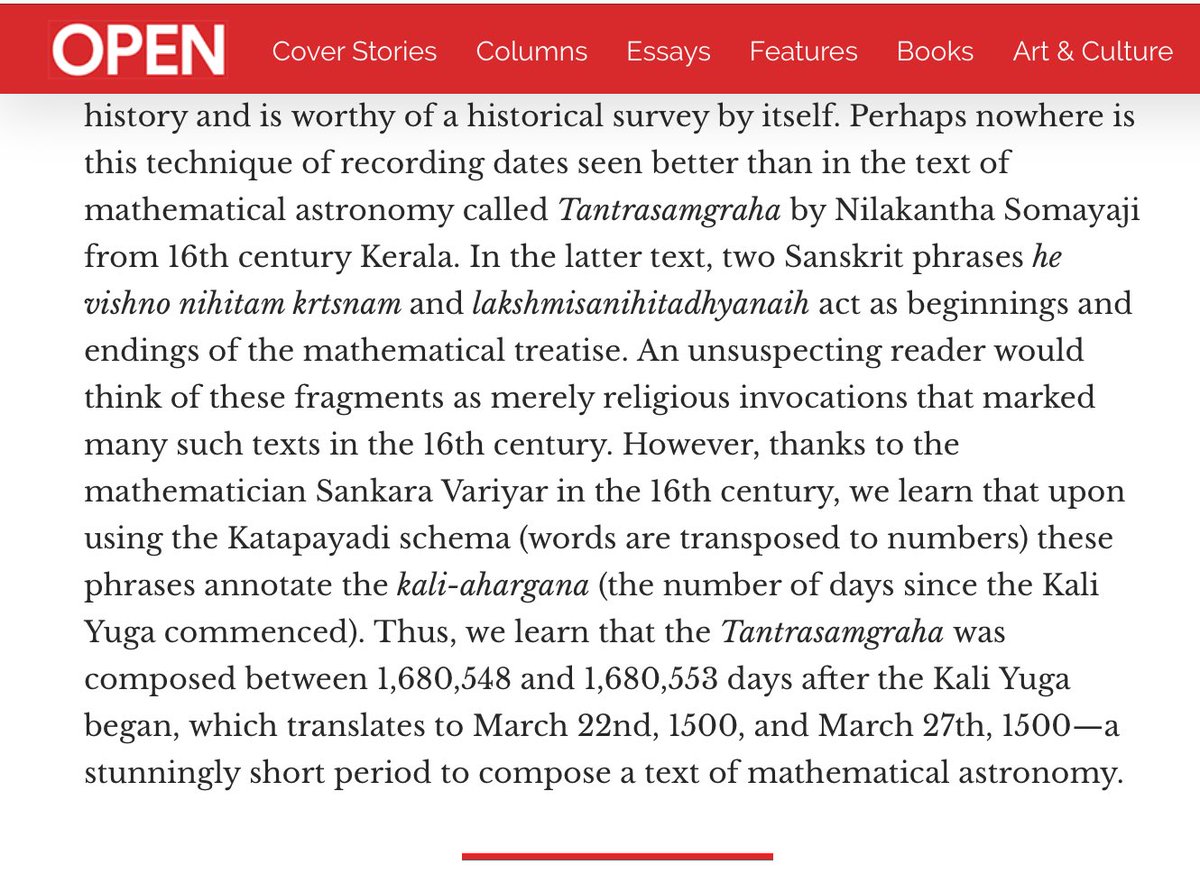
One of these days, will do a thread on a system of hiding numbers within words called Bhutasankhya (translated loosely as, spectral number), or as my aunt used to say: The Numbers that Ghosts Love.


